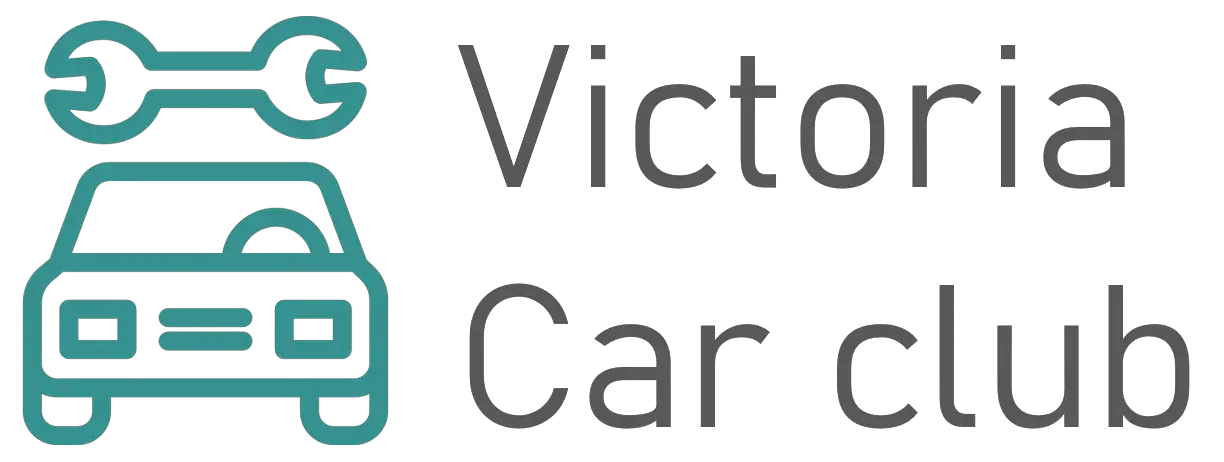Driving a vehicle is a daily activity for a lot of people, our tracks are not always secure, and no matter it’s raining, windy or snowing, we quite often have no choice but to take our Hyundai Ioniq. Not having the ability to act on traffic conditions, we try to have at minimum a safe vehicle! If you are not secure, if you have the impression that your Hyundai Ioniq is pulling to the right, then you are in the good. All of us made the decision to write this article to help you locate the origin of this problem and as soon as possible feel safe behind the wheel of your car. To achieve this, we will first check out the causes of a Hyundai Ioniq that pulls to the right without vibration and to finish, a car that pulls to the right with vibration.

Hyundai Ioniq that pulls to the right without vibration
Hyundai Ioniq pulling to the right because of the alignment
Let’s begin with the case of your Hyundai Ioniq which pulls to the right without vibration, one of the most typical sources of a non-straight trajectory on a vehicle is the alignment , the reality is, the parallelism is the adjustment of the vertical angle of the wheels, this adjustment is usually done when you swap your tires. Despite the fact it is complicated or even impossible to know the condition of your alignment, you can take a look at the sidewalls of your tires, if you identify abnormal wear on your Hyundai Ioniq, it is most likely that the alignment is to blame. In this case, go to your garage area or tyre professional to resolve it.
Hyundai Ioniq pulling to the right because of the tyres
Speaking of tires, parallelism isn’t the only trigger for a car that pulls to the right. In actual fact, if you have a difference in pressure on your tires, it is logical that your Hyundai Ioniq is no longer a stable steering. So remember to check the pressure of all four tyres. Additionally to the risk of an ıncident if you encounter your Hyundai Ioniq pulling to the left because of the tyre pressure, you will accelerate the wear of the tyres. And as a consequence, you will have to swap them quicker.
My Hyundai Ioniq is pulling to the right and I encounter vibrations:
Hyundai Ioniq pulling to the right because of the silent blocks
Now let’s look at the case of a Hyundai Ioniq that pulls to the right but also causes vibrations in the steering wheel. The first basic justification of trajectory error plus vibration is that your silent blocks are dead. In actual fact, when they are too worn, they will no longer manage their function of shock absorber and binder between the different parts of your front drivetrain, which leads to a lack of stability in the steering and the possibility if they are more worn on one side than the other that your Hyundai Ioniq pulls to the right. Verify their condition and swap them if required. In the event that you would like more info on problems with the silent blocks, please examine our specific article.
My Hyundai Ioniq pulls to the right because of the bearings
Another possibility that your Hyundai Ioniq pulls to the right is that one of your bearings, usually the front one, is dead, you should, moreover to the trajectory defect, encounter a notable vibration or rolling noise. In actual fact, when bearings are damaged, they no longer rotate as well and slow down the rotation of the wheel on which they are installed, which definitely leads to a trajectory defect. Verify their condition and have them replaced if necessary.
My Hyundai Ioniq pulls to the right because of the shock absorbers
Last but not least, your Hyundai Ioniq that pulls to the right and creates vibrations because of the shock absorbers. Regardless it’s the damper cup, your tired springs, or a twisted cylinder, every defect linked to the shock absorbers can affect the common behaviour of the Hyundai Ioniq. You should, nevertheless, undergo a noise when you drive over bumps or on speed bumps, for example. Have the condition of your shock absorbers examined and ask your mechanic for a replacement if necessary.
To get more tips on the Hyundai Ioniq, take a look at the Hyundai Ioniq category.

